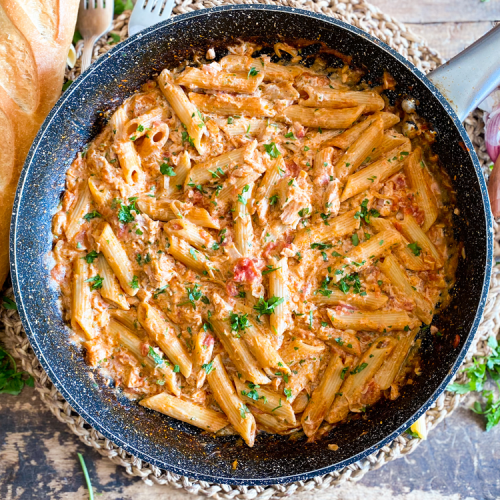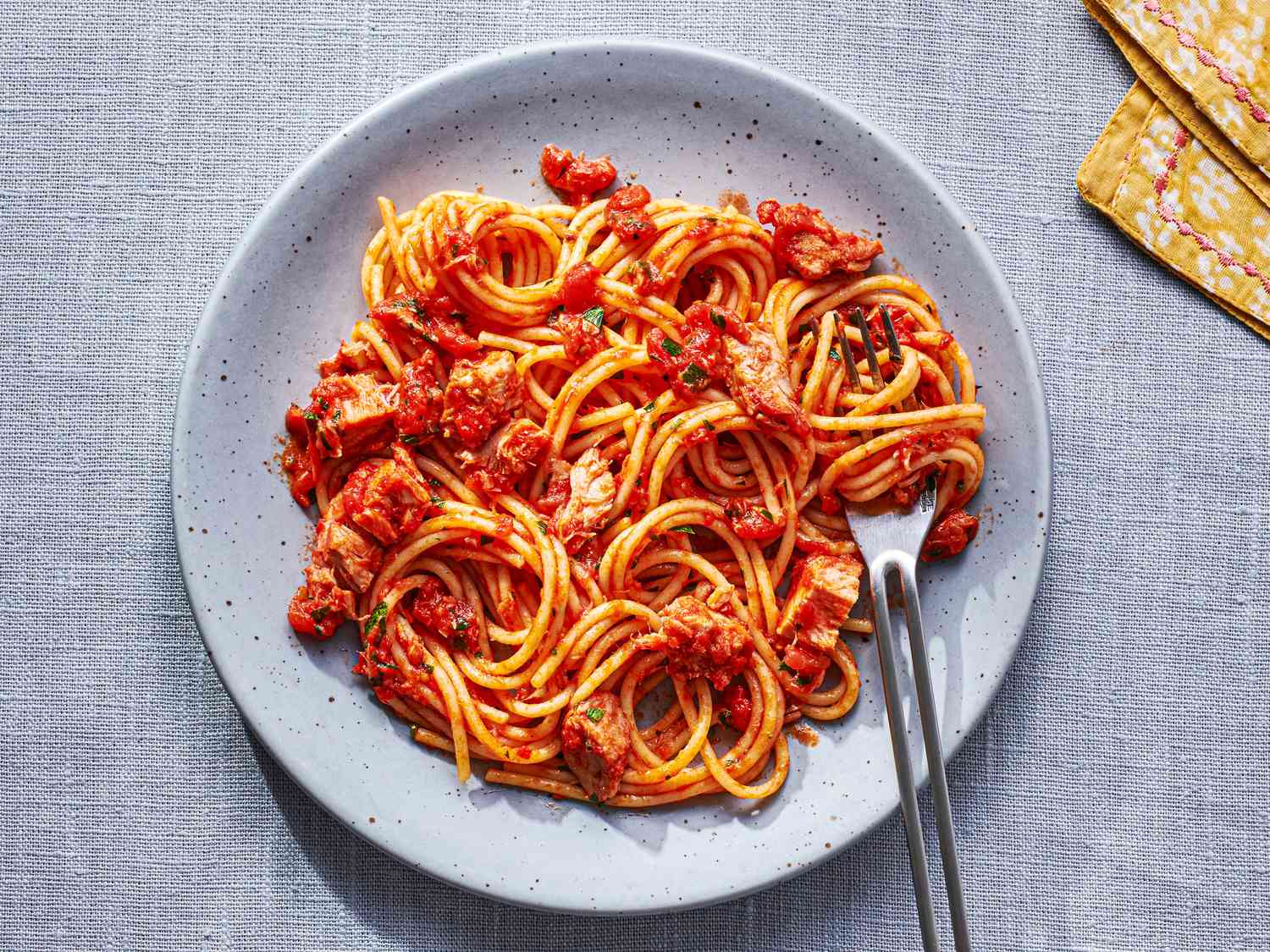I really like cooking and trying out new recipes. Sometimes, I wonder how long our food can stay fresh in the fridge. One thing I often think about is, “How long can tuna pasta last in the fridge?” It’s something I think about after making a yummy tuna pasta dish.
You can safely keep tuna pasta in the fridge for up to 3-4 days. To maintain its freshness and quality, it’s important to store it properly.
Moreover, after cooking the tuna pasta, allow it to cool down to room temperature before refrigerating. Place it in an airtight container to prevent moisture and odors from affecting the pasta.
Moreover, if you need to store it for a longer period, consider freezing it – properly stored, frozen tuna pasta can last for 2-3 months.
In addition, always use your judgment and sensory cues like smell and appearance to determine if the pasta is still good to eat. If it shows any signs of spoilage, such as an off smell or unusual texture, it’s best to discard it.
What Are The Factors Affecting Shelf Life?
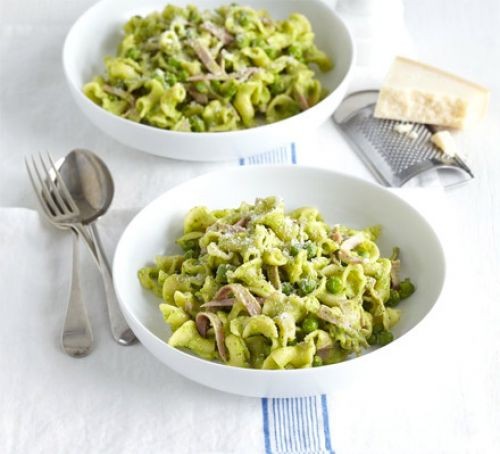
The shelf life of products, from storage conditions and packaging to intrinsic properties, unraveling the art of preservation
Ingredients in Tuna Pasta
Tuna:
- The quality and freshness of the tuna used significantly impact shelf life.
- Freshly cooked tuna pasta using raw tuna should be consumed or stored promptly to avoid bacterial growth.
- Canned tuna has a longer shelf life due to its preservation method.
Pasta:
The type of pasta used can affect shelf life. Fresh pasta tends to have a shorter shelf life than dried pasta due to its higher moisture content. Moreover, proper cooking and cooling of pasta are crucial to prevent overcooking or undercooking, which can affect texture and taste.
Sauces and Seasonings:
Sauces containing dairy products (e.g.: cream-based sauces) or mayonnaise have a shorter shelf life due to their perishable nature. However, ingredients like garlic and onions, if not cooked properly, can introduce moisture and lead to spoilage.
Food Preparation Methods
Cooking and Cooling Processes:
Tuna should be cooked to the appropriate temperature to ensure its safety and eliminate potential pathogens. In addition, rapidly cooling cooked components before assembling the tuna pasta prevents bacterial growth during cooling.
Packaging and Sealing:
Proper packaging is essential to prevent exposure to air and moisture, which can accelerate spoilage. Moreover, airtight containers or vacuum-sealed bags help maintain freshness by minimizing contact with oxygen.
Storage Conditions
Temperature:
Tuna pasta should be stored in the refrigerator at or below 40°F (4.4°C) to slow down bacterial growth. Additionally, higher temperatures can lead to the growth of harmful bacteria and spoilage, while excessively low temperatures might affect texture.
Humidity:
High humidity inside storage containers can lead to the growth of mold and bacteria.
Moreover, excessive moisture can cause pasta to become mushy and sauces to separate.
Airflow:
Additionally, adequate airflow within the refrigerator helps maintain consistent temperatures and prevents pockets of warm air, which could accelerate spoilage.
However, direct airflow might lead to drying out certain components of the dish.
What is the Recommended Storage Time?

USDA Recommendations:
The United States Department of Agriculture (USDA) provides guidelines for safe food handling and storage.
Moreover, these guidelines emphasize the “2-hour rule,” which suggests that perishable foods should not be left at room temperature for more than 2 hours to avoid bacterial growth.
FDA Guidelines:
The Food and Drug Administration (FDA) offers similar recommendations, highlighting the importance of proper handling, cooking, and refrigeration of perishable foods.
Refrigeration Duration
Freshly Cooked Tuna Pasta:
- If you’ve just cooked a batch of tuna pasta, it’s best to cool it down to room temperature as quickly as possible (within 2 hours) to prevent bacterial growth.
- Once cooled, store it in an airtight container in the refrigerator.
- Consume freshly cooked tuna pasta within 3 to 4 days for optimal quality and safety.
Leftover Tuna Pasta:
If you have leftover tuna pasta that has been sitting at room temperature for more than 2 hours, it’s recommended not to consume it. However, if properly cooled and stored, leftover tuna pasta can be safely refrigerated and consumed within 3 to 4 days.
Tuna Pasta with Mayonnaise-Based Sauces:
- Mayonnaise-based sauces are considered perishable due to the inclusion of eggs and other ingredients.
- Tuna pasta with mayonnaise-based sauces should be consumed within 1 to 2 days to ensure safety and quality.
- Proper refrigeration is crucial to prevent the growth of harmful bacteria.
Tuna Pasta with Oil-Based Sauces:
- Tuna pasta with oil-based sauces, like olive oil and garlic, can be stored for a slightly longer duration.
- Refrigerate oil-based tuna pasta and consume it within 3 to 5 days for the best taste and quality.
- The oil in the sauce acts as a preservative to some extent.
What Are The Signs of Spoilage?
There are so many signs of spoilage.
Changes in Color and Texture:
- Fresh tuna pasta typically has vibrant colors and a pleasing texture.
- Spoilage can be indicated by color changes, such as browning or fading of ingredients.
- Texture changes like excessive softening of pasta or a slimy feel can also signify spoilage.
Mold Growth:
- Mold growth is a clear sign of spoilage.
- If you notice any green or white fuzzy patches on the surface of the tuna pasta, it should be discarded.
- Mold can produce mycotoxins, which can be harmful if consumed.
Odor
Off-Putting or Sour Smell:
- Fresh tuna pasta should have a neutral or pleasant aroma.
- Spoiled tuna pasta may emit an off-putting, sour, or rancid smell.
- If the dish smells unusual, it’s best not to consume it.
Taste
Unpleasant or Sour Taste:
- Tuna pasta that has gone bad might taste different from what you expect.
- An unpleasant or sour taste can indicate the presence of spoilage or bacterial growth.
- If the taste is off, it’s advisable to discard the dish.
What Are The Proper Storage Practices?
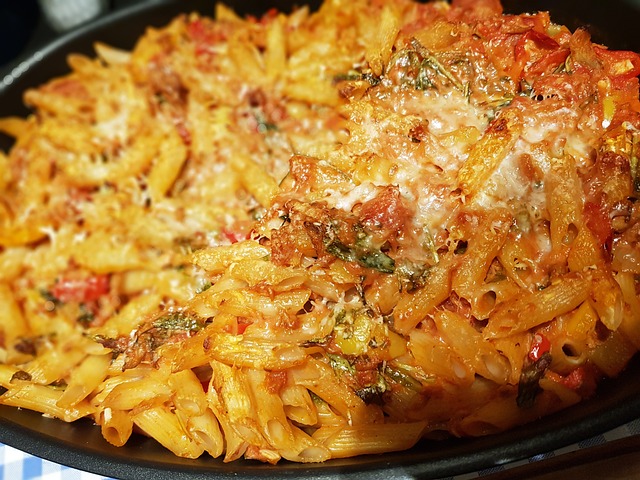
Cooling Before Refrigeration:
- Rapidly cool freshly cooked tuna pasta to room temperature before placing it in the refrigerator.
- Hot food placed directly in the fridge can raise the internal temperature and promote bacterial growth.
- Use shallow containers to facilitate quicker cooling.
Suitable Containers:
- Use airtight and moisture-resistant containers for storing tuna pasta.
- These containers prevent the entry of air and moisture, which can lead to spoilage.
- Glass or plastic containers with tight-fitting lids are good options.
Labeling with Date of Preparation:
- Label containers with the date of preparation to track how long the tuna pasta has been stored.
- This helps you keep track of the freshness and make informed decisions about consumption.
Avoiding Temperature Fluctuations:
- Maintain a consistent refrigerator temperature of 40°F (4.4°C) or lower to slow bacterial growth.
- Temperature fluctuations can lead to condensation, promoting mold and bacterial growth.
- Avoid frequently opening and closing the refrigerator door to maintain stable conditions.
What Are The Freezing Process Of Tuna Pasta?
Freezing tuna pasta can significantly extend its shelf life, preserving its taste and quality.
It’s an excellent option to reduce food waste by storing leftovers for later consumption.
Freezing can help you prepare meals in advance, saving time and effort on busy days.
Proper Freezing Techniques:
Portioning:
- Divide the tuna pasta into individual or family-sized portions before freezing.
- Smaller portions are easier to thaw and reheat, minimizing the need to thaw the entire batch.
Airtight Packaging:
- Use airtight, freezer-safe containers or heavy-duty resealable bags to prevent freezer burn and maintain freshness.
- Remove excess air from bags to minimize moisture exposure.
Recommended Freezer Storage Time:
- Tuna pasta can be frozen for up to 2 to 3 months for best quality.
- While it may remain safe to eat beyond this time, the texture and taste may degrade.
How Can You Reheat Tuna Pasta?
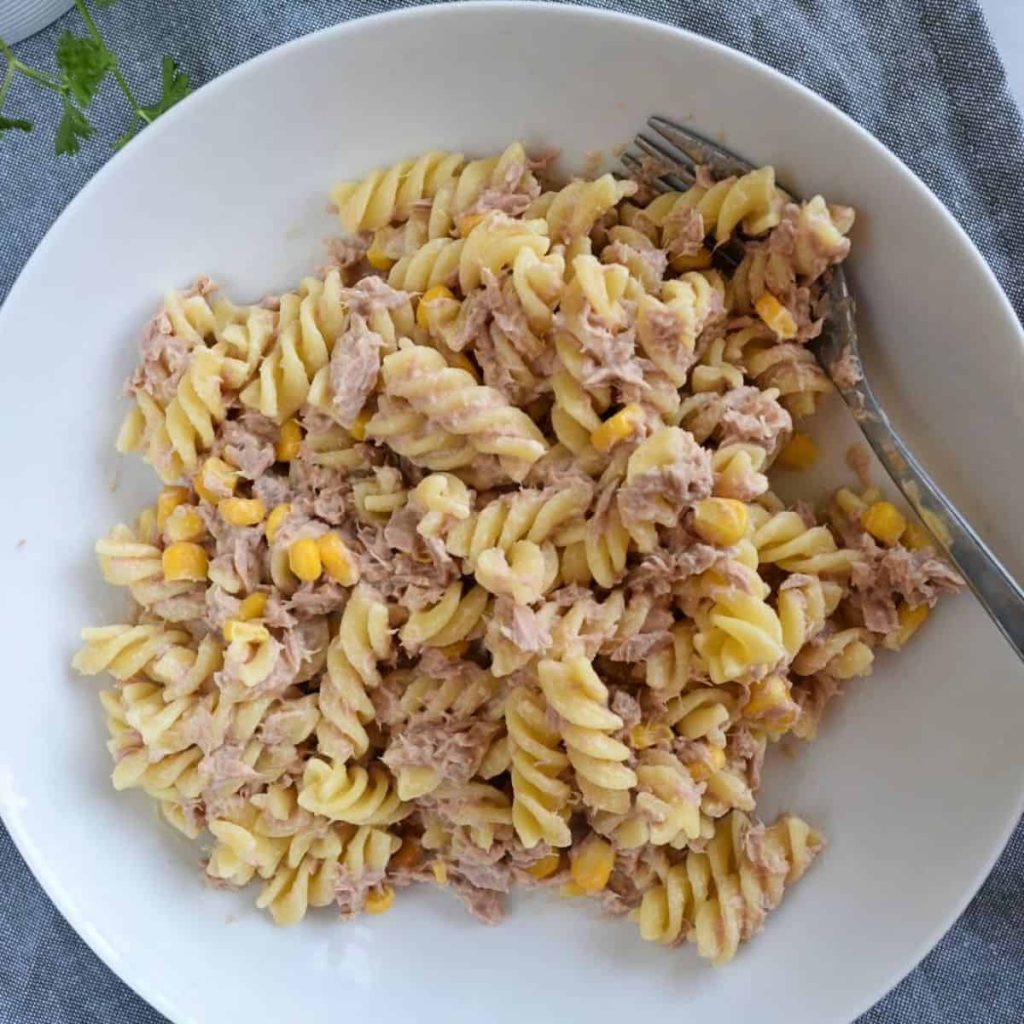
Safe Reheating Methods:
- Thaw frozen tuna pasta in the refrigerator overnight before reheating.
- Use safe reheating methods like stovetop, oven, or microwave.
Avoiding Overcooking:
- Reheat gently to avoid overcooking the pasta or tuna, which can lead to a mushy texture.
- Use lower heat settings and stir occasionally to ensure even heating.
Maintaining Food Quality:
- Adding a splash of water, broth, or sauce while reheating can help maintain moisture and prevent dryness.
- Tuna pasta with oil-based sauces might require a bit of additional oil or sauce to refresh the flavors.
FAQs
Freshly cooked tuna pasta should be cooled quickly and stored in the refrigerator. It’s best to consume it within 3 to 4 days for optimal quality and safety.
Yes, you can refrigerate leftover tuna pasta. It’s safe to consume within 3 to 4 days if properly stored and cooled.
Yes, you can freeze tuna pasta to extend its shelf life.
It’s recommended to freeze it for up to 2 to 3 months for best quality. While it may remain safe beyond this time, the taste and texture might degrade.
Look for signs of spoilage such as changes in color, texture, and the presence of mold. Off-putting or sour smells and unpleasant or sour tastes are also indicators of spoilage.
Yes, changes in color and texture can be indicators of spoilage. If the tuna pasta looks or feels significantly different from when it was freshly prepared, it might be best to discard it.
Proper packaging, such as using airtight containers or freezer-safe bags, prevents exposure to air and moisture, which can accelerate spoilage and freezer burn.
The door of the refrigerator experiences more temperature fluctuations due to frequent opening. It’s best to store tuna pasta on a shelf toward the back of the fridge where the temperature remains more stable.
Frequent freezing and thawing can affect the texture and quality of tuna pasta. It’s better to freeze it once in suitable portions and thaw only what you plan to use.
Conclusion
Properly storing tuna pasta in the fridge is essential for maintaining its quality and safety. Understanding the factors that affect shelf life, such as ingredients, preparation methods, and storage conditions. In addition, it empowers you to make informed decisions about when to consume or discard your dishes.
Furthermore, paying attention to visual cues like changes in color, texture, and the presence of mold, as well as detecting off-putting odors and unpleasant tastes. Additionally, it helps you identify signs of spoilage and make safe choices.
In addition, adhering to recommended storage times based on guidelines from organizations like the USDA and FDA ensures that your tuna pasta remains safe to eat.
Furthermore, cooling freshly cooked dishes before refrigeration, using suitable airtight containers, labeling with preparation dates, and avoiding temperature fluctuations are crucial storage practices to minimize spoilage risks.
Additionally, freezing tuna pasta can extend its shelf life, and reheating with care using safe methods and techniques helps preserve its taste and texture.







